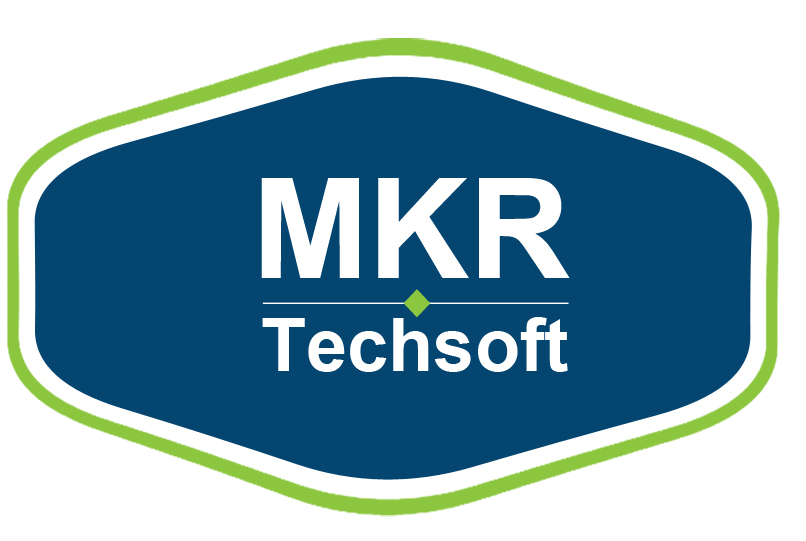It has seen many times that people who don’t learn from history are doomed to repeat their mistakes, it’s a quote that’s actually quite applicable when it comes to creating content for SEO. SEO refers to search engine optimization, the process of optimizing a website so that people can easily find it via search engines like Google, Yahoo, Bing & many more. By “content” we mean any information that lives on the web & can be consumed on the web.
By putting these two concepts together we can say SEO content is any content created with the aim of attracting traffic on the search engine.
Following are some steps that you should start using today for writing content that will get you to the front of SERPs (Search Engine Results Pages):
-
- Keyword Research: It is the best to do keyword research before you start writing if you want to produce traffic through search. This way, you can focus on keywords for which a certain amount of search volume by now exists. In other words, write toward topics that people are previously searching for information regarding.
- Keyword Optimization:Know where & how to use keywords in your content for maximum search ability.
- Content Organization: The content on your website should be organized in a logical way. This is not only good for SEO, it also helps visitors on your website find other related content easily.
- Content Promotion: Increase visibility to new content you have created by sharing it on social networks & building links to your content.
It is important to keep in mind that if search engine traffic is your only objective, your results will possibly suffer. In order to please both the search engines, potential customers & return visitors, you need to offer value above & beyond search engine optimization. In other words, do not produce “thin” content that ranks & get clicks, but does not provide any additional value to the search engine user. Websites that promote thin, low-value content run the risk of being penalized by Google. They also tend to have high bounce rates & low conversion rates.
Following are some types of SEO content:
Product Pages: Product pages are really important for any retail e-commerce website. A good product page can serve as both SEO content & a PPC landing page.
Articles:Think news article, interview, or feature piece. This is the major kind of content you will find on most newspaper or magazine-style websites.
Blog Posts: A blog is the easiest way to create a regular stream of SEO content. Generally, blog posts are more engaging & more likely to attract links than product pages, so they can be a great way to build some authority for your website. Remember that blogs are very flexible & you can use them to host any of the below types of content in this list.
Lists:A list is actually just a type of article, but framing it as a list (such as “101 Things I Hate About Google” or “10 Ways to Lower Your Energy Bill”) makes it easier to look at. These types of titles also look to be more clickable when found in social media feeds or search results.
Directories: A directory is a helpful taxonomy of links to websites or resources around a given topic. For example, a body spray blog may create a directory of places to buy body spray, from major department stores to independent shops around the country.
Videos: Usually there are fewer videos on the web than pages of text. Thus, it can be easier to rank on the first page for a competitive keyword by creating a video instead of an article or blog. Depending on what type of website or business you run, videos can be a great way to attract & reach an audience.
Do not let this list limit you because these are some basic types of SEO content, the possibilities are virtually endless.
Hopefully, you will follow these steps and do a much better job of writing for SEO.















